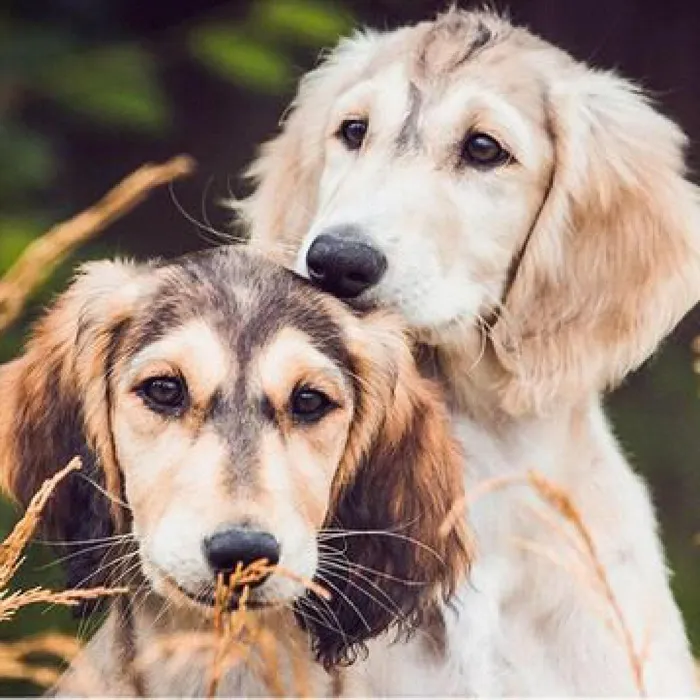Saluki

Among the world’s oldest breeds, the slim but rugged Saluki was the hunting hound of kings for thousands of years. Salukis are swift and agile sprinters who love a good chase. They make gentle, dignified, and independent but loyal pets.

Ask About Saluki ?
Breed Traits
General Appearance
The whole appearance of this breed should give an impression of grace and symmetry and of great speed and endurance coupled with strength and activity to enable it to kill gazelle or other quarry over deep sand or rocky mountains. The expression should be dignified and gentle with deep, faithful, far-seeing eyes. Dogs should average in height from 23 to 28 inches and bitches may be considerably smaller, this being very typical of the breed.
Head
Neck
Chest
Forequarters
Hindquarters
Loin and Back
Feet
Tail
Coat
Color
Group
Hound
Temperament
About
History
Standard
Nutrition
Grooming
Exercise
Training
Health
All pets have found there homes! Sign up to be notified when new pets are added so you don't miss out.


